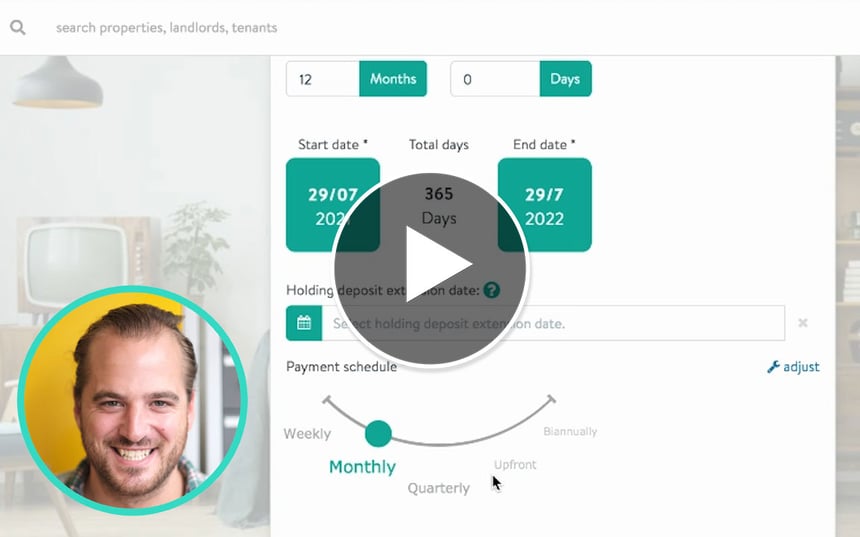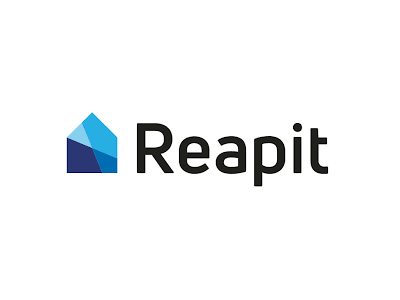Digital transformation in lettings: Execution is your differentiator
Sarah Dearden, UKI Regional CPO at Reapit, shares a summary of how your agency can get digital transformation right.
In business you’re only as good as your last delivery. This ethos is the driving force behind my professional approach and something that can act as a differentiator when you consider how to digitally transform your business in the best way.
Letting agencies can benefit from implementing technologies in many steps of the lettings process, from CRMs such as Reapit to pre-tenancy platforms such as Goodlord. Bearing that in mind, here's a summary of how your agency can implement checks and balances to drive the successful digital transformation of your business.
Before you start, set clear targets
Be clear about what your agency hopes to achieve in the timeframe you’re setting yourself, or have been set.
Just enough is often good enough and thinking about a digital transformation as a direction of travel as opposed to an end state is a good way to envision this.
A digital transformation strategy should evolve as technology and industry trends do, so if you spend time trying to perfect an approach before you embark on delivery, you’re likely to fail.
Keeping agility in mind and approaching your digital transformation programme as step-by-step doses of value is a great way to approach this.
Understand the why, what, and how of the transformation
Stakeholder clarity around Why you're embarking on a digital transformation, What this means in practical terms, and How you'll approach delivery and expect the digital transformation to impact your business are essential to a successful execution.
Your digital transformation may be driven by a cross-functional team that has a day job outside the transformation process.
It’s important to ensure that these stakeholders understands what will be asked of them, why you're asking for this, what it means for them both now and in the future, and how you’ll work together to assess progress.
Create engagement through understanding your goals
A great way to build engagement across the business is to sell the overarching vision around the transformation project in terms of what it means for them.
Digital transformation often addresses the end consumer, but there are two distinct customer segments throughout a digital transformation process: internal and external.
By being able to answer questions such as…
“How will this make our business a better place to work?”
“How will this make team’s life easier?”
“How will this address some of our operational pain points?”
…you can start to set out an internally focused value proposition for the transformation programme, which when aligned to the outward facing value proposition - what your customers will get out of it - is a really powerful statement of intent.
When implementing, over communicate
Regular status reporting adds a lot of value, but this should be supported by an opportunity for the delivery stakeholders to meet regularly to review progress and issues.
In today’s hybrid–remote working world there’s a danger of meeting overload so it’s important to get the balance right.
Having a regular - bi-weekly and 30 mins works well for me - succinct stakeholder review in place that then informs your regular status report helps to foster alignment and provides an opportunity for issues to be raised and addressed outside of formal reporting channels.
Ownership and transparency are key
The key to success is to ensure there’s an owner of tasks that guarantees everyone is clear about the headlines and key actions from the session, but most importantly that the team feel they have a safe space to be open and transparent about progress and blockers.
Depending on your agency's business culture, it may take time to develop confidence in your team that they can raise issues without ramification - but a successful team needs to feel that they can be open and transparent.
Transparency is key. Transparency breeds trust both internally and externally and is a critical factor in delivering successful outcomes.
Measure the results against your goals
You'll need to continue to evolve your delivery approach as you start to evolve your digital transformation journey.
A retrospective review can help you focus on what worked, what didn’t work, key outstanding issues, and actions for the cross functional team to take forward, to help foster a culture of continuous improvement off the back of hands-on delivery experience.
The other essential practice is to measure the impact of your digital transformation and to feed into future digital transformation initiatives.
If you don’t measure your outcomes against your expected results and you don’t understand where you were when you started, you'll never know whether your digital transformation has delivered on its objectives and changed your business for the better.
Originally published on Reapit.com.









